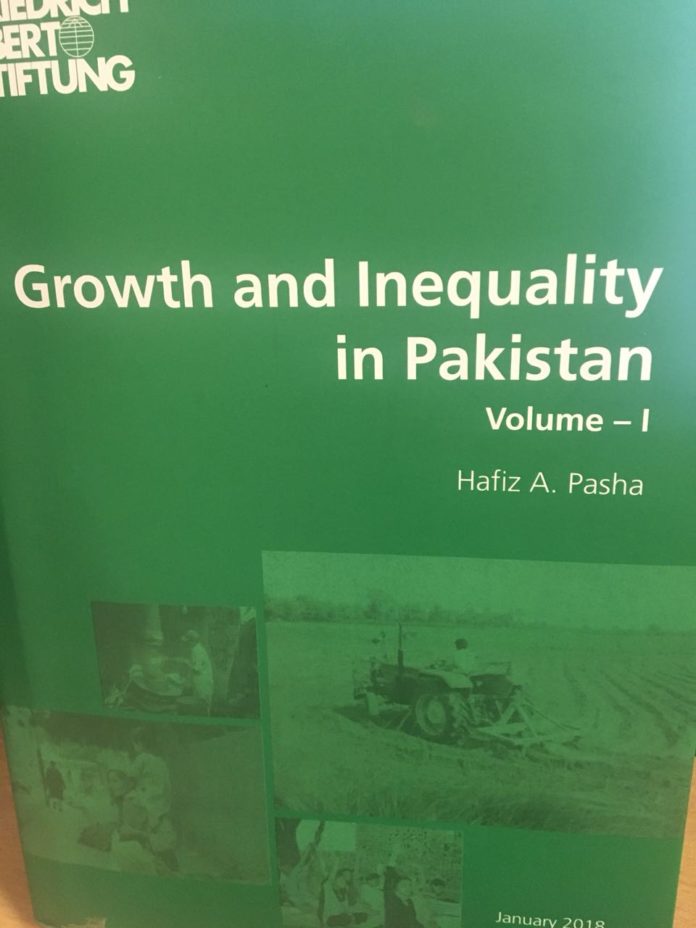By Muhammad Luqman
Being a destination of 30 percent of Pakistan’s total foreign remittances, the north-western province of Khyber-Pakhtunkhwa (K-P) has grown at the fastest pace among the four provinces during the last seventeen years, according to revelations in the new book of economist, Dr. Hafeez A . Pasha
The book , “ Growth and Inequality in Pakistan,” has dwelled in detail on all the economic woes of the South Asian country, presently struggling to wriggle out of the problems due to dwindling exports and the foreign exchange reserves.
“ Khyber PakhtunKhawa has performed well despite being a front line state (province) in war on terror,” writes Hafeez A. Pasha, the former federal finance minister of Pakistan.
K-P’s average growth rate of 5.1% was better than the national average of 4.5% for the period of 2013-14 to 2016-17.
Punjab, the stronghold ruling PML-N, is in second place, behind the war-torn K-P province since 2008. Pakistan Tehreek-e-Insaf (PTI) of cricketer-turned-politician Imran Khan has been the ruling party in K-P since 2013.
Southern Pakistan province of Sindh, which was the fastest growing provincial economy from 2000 to 2007 during the regime of military ruler, General Pervez Musharraf, lost its momentum in 2008 when the PPP came into power, writes Dr Pasha.
Balochistan has struggled with a growth rate that has not exceeded 3% at any time during the last 15 years. The writer says that this is one of the worrisome features of the growth process since 1999-2000.
“The people of Balochistan are probably suffering today from a greater sense of deprivation and exclusion,” Dr. Pasha says.
The author who is the husband of Punjab’s incumbent Finance Minister Dr Ayesha Ghaus Pasha, has for the first time segmented Pakistan’s economic growth into provincial performance.
In his book, Pasha explains the interconnectedness of inequality and low growth in Pakistan. The book states that the economic and social structures have perpetuated high income, wealth and regional disparities.
The publication shows that Punjab had a share of 54% in national GDP in 2016-17. The next economy in terms of size is Sindh, with a share of 30%. K-P and Balochistan have shares of 13% and 3%, respectively.
Compared to this, K-P’s economy that grew at a pace of 4.9% in 2008 posted 5.1% economic growth rate in the last fiscal year 2016-17.
According to the author, K-P has acquired the characteristics of a remittance-led service economy, with a limited indigenous production base.
Afghan transit trade and NATO supply movement have contributed to the higher growth in the transport sector. The ownership of dwellings sub-sector has achieved a high growth rate of 6.5% due to the investment in housing from home remittances. These inflows have also created high demand for economic and social services.
K-P has maintained a growth rate close to 5% throughout the 15 years and achieved the highest growth rate since 2007-08.
Punjab ‘s Finance Minister Dr. Ayesha Ghous Pasha subscribes to the findings of the author of the book, saying that it was the peculiar circumstances that have favoured the economy of Khyber PakhtunKhawa since the launch of war on terror. “ It is not the policies of the provincial government of KP but the foreign remittances and international aid that boosted the economy,” she said.















